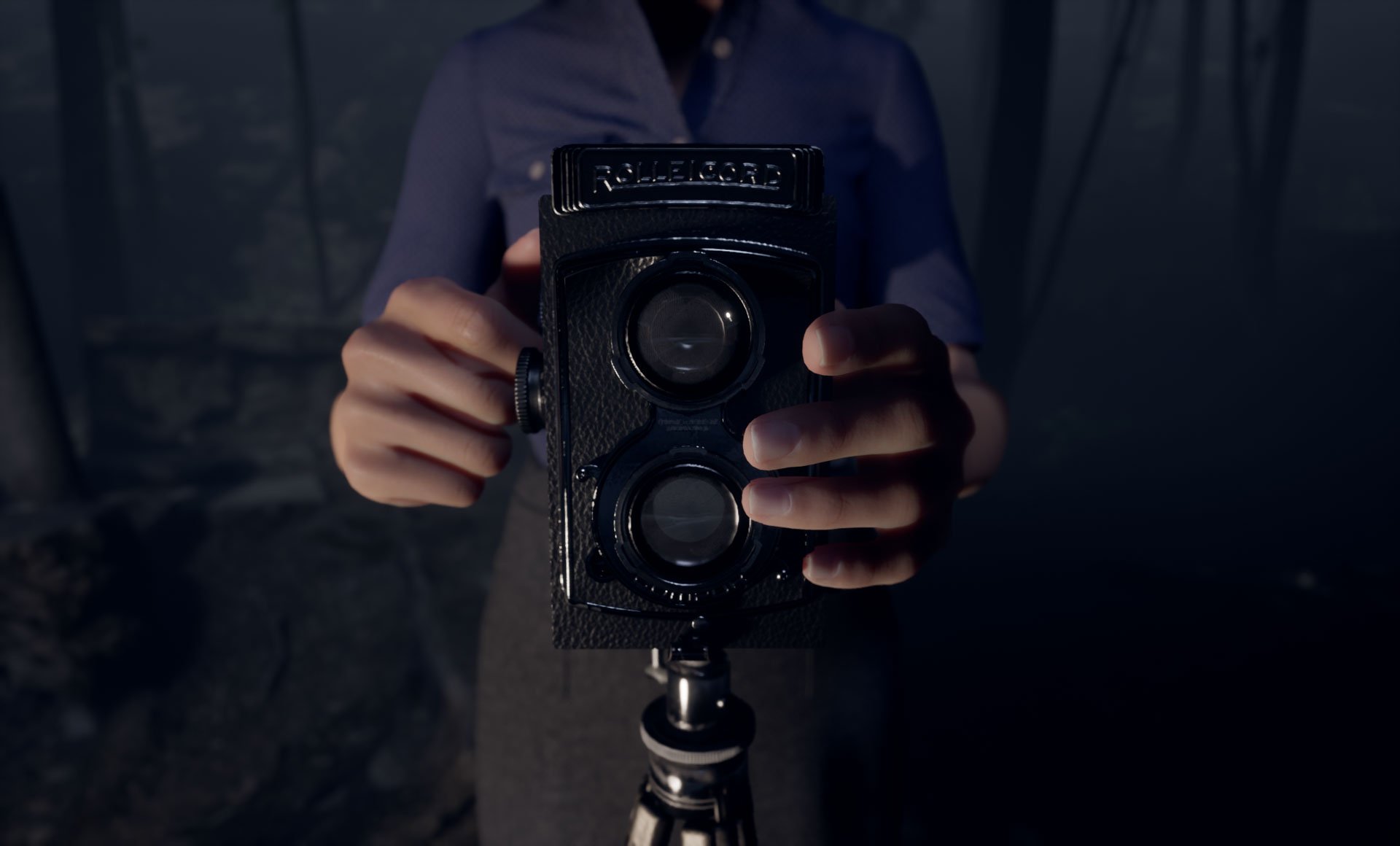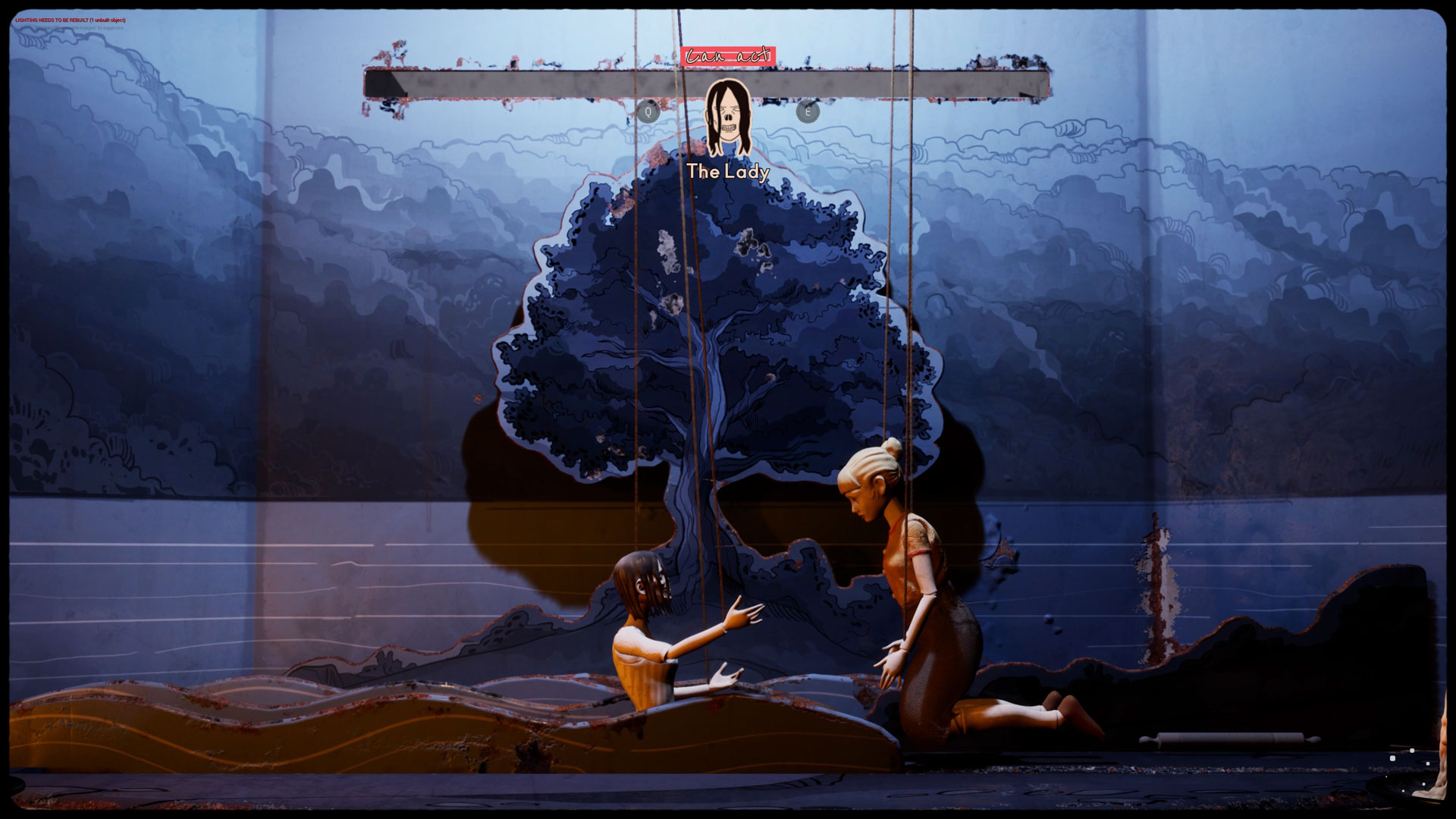Ahead of its release, it was announced that a certain violent scene in Martha is Dead would be censored on PlayStation platforms. This gave many potential players the impression that LKA and Wired Production’s latest release is a gruesome, gory horror title. But Martha is Dead isn’t trying to scare you with its imagery. It is more psychological thriller than horror. Think a walking sim or adventure game without fail states. There is no creeping around to avoid monsters here.
Instead, Martha is Dead is about inhabiting a character, experiencing her trauma, and recalling repressed memories. It is a dark game full of shocking violence and gore. It is also a game that eventually loses sight of its focus, an experience full of fascinating ideas that don’t quite come together into a cohesive whole. While its story eventually left a bad taste in my mouth, the authenticity of the setting and environment was enough for me to see it through.
Martha is Dead Review: A Grueling Psychological Thriller
Set against the desperate backdrop of the waning days of WWII, Martha is Dead takes place in 1944 Italy. You play as Giulia, who, after blacking out and then waking to the murder of her deaf twin sister Martha, is determined to find the killer. In an attempt to hide the truth from her abusive mother and Nazi father, Giulia feigns Martha’s disability to convince them it is her who has died.
This sets the stage for a game that begins as a slow adventure where you explore the Italian villa this broken family calls home. You learn the finer details of Giulia and Martha’s youth and family life by collecting notes and progressing the story. A quest log starts to fill up with leads and opportunities, allowing you agency in the order you uncover the otherwise fairly linear plot. In the early going, Giulia’s primary tool of progress is a camera.
Photo games are a favorite emerging genre of mine, and Martha is Dead certainly has a unique take on the medium. Taking properly lit and framed photos is a satisfying, engaging way to uncover the mystery here. All photographs must be developed in the house’s darkroom via a sequence of mini-games, an element that adds authenticity to the time period. It also helps build tension. Not every element of a photo can be seen until it is fully developed, a stark reminder of how things worked before the digital age.
If you follow an optional questline, you’ll discover a telegraph mini-game. Here you communicate in morse code with Italian resistance soldiers fighting Nazi occupation. Like the photography mini-game, it gives you a small history lesson and also firmly situates you in the setting. It’s not compelling in a traditionally fun sense, and it’s occasionally buggy, but it fits the game’s pace.
Some important context here is that LKA is an Italian studio and the default language settings for Martha is Dead are Italian with English subtitles. I played this way to honor the game’s ambitions and brush up on a language I had once studied in school, but I wholeheartedly recommend sticking to this default.
Martha is Dead is paced slowly enough for you to be engaged with the mechanics while also reading subtitles. Plus, there is a log that keeps track of all spoken dialogue, similar to what you might see in a visual novel. If you’ve played a Yakuza game, you know what I mean when I say Martha is Dead just seems off with an English dub. The story is so tied to a specific time and place that the best way to appreciate it is to play in Italian.
It is worth mentioning, too, that despite its limited budget, Martha is Dead manages to evoke photorealism in its landscapes consistently. Up close, the textures are a bit muddy, and the faces can be uncanny, but it’s hard to deny how well the team at LKA captured the natural beauty of the Italian countryside.
This is where the beauty in Martha is Dead comes to a close. Martha is Dead is not afraid to make you repeatedly commit atrocious acts of violence. A very early scene that was explicitly mentioned as one of the censored moments for the PlayStation release has you, in a dream sequence, removing the face of your dead sister and wearing it as a mask. If that makes you gag, turn back now. It only gets worse.
My misgivings with Martha is Dead began to compound as I approached the end. In those final stretches of its six- to eight-hour runtime, Martha is Dead frequently disrupts its pacing for two extended sequences of marionette puppetry. Apparently a favorite activity of Giulia, these segments are tedious, and in my experience, both led to game-breaking bugs that made me restart the entire section. Much of the time puppeteering is spent recapping earlier story beats before they begin to reveal Giulia’s repressed memories. It is here that Martha is Dead chooses to make you commit its most heinous acts.
I won’t describe them, but two specific sections cross a line. One of them involves animal abuse and upset me on a deeply personal level. Even worse, it feels like the developers used the marionette framing device as an avenue by which to “get away” with including these parts without any kind of warning.
I say this because not 15 minutes after completing this segment, Martha is Dead decides to give a specific content warning for self-harm. While I always welcome trigger warnings — like the generalized content warning the game gives upfront — this one made me feel invalidated. Why is this one instance of self-harm worth giving a warning for when an egregious and unnecessary depiction of animal abuse comes out of nowhere?
The ending itself is especially disappointing due to how quickly it dismisses many of the important plot beats in lieu of a big reveal. In its final moments, the confidence Martha is Dead once exuded fades completely. As it moves towards telling its story through metaphor, the grounded tangibility that defined the game’s captivating early hours disappears. Through a combination of cliched twists and misplaced ambiguity, I was left reflecting on the darkest moments of Martha is Dead and questioning their inclusion.
Martha is Dead Review — The Bottom Line
Pros
- A dynamic, methodical take on the photography genre.
- Unique and authentic setting.
- Strong voice acting in multiple languages.
Cons
- Marionette sequences are tedious.
- Many disturbing moments are unearned.
- Cliche plot twists abound.
- Buggy in some spots.
In many ways, I suspect the reaction to Martha is Dead will fall into two camps like with The Last of Us Part II. There will be those who appreciate a game pushing the boundaries of interactive violence and morality, and those who feel like the game’s dark subject matter is an edgy excuse to wallow in its own misery.
Unfortunately, I fall into the latter camp. Martha is Dead’s failure to stick the landing leaves a sour taste in my mouth. The narrative and mechanical ambitions don’t coalesce into something greater despite some interesting mechanics throughout. It attempts to tell a careful story about mental health but eventually devolves into cliched story beats and emotionally manipulative moments that serve no other purpose than to shock you.
[Note: Wired Productions provided a copy of Martha is Dead for the purpose of this review.]









Published: Feb 22, 2022 03:39 pm